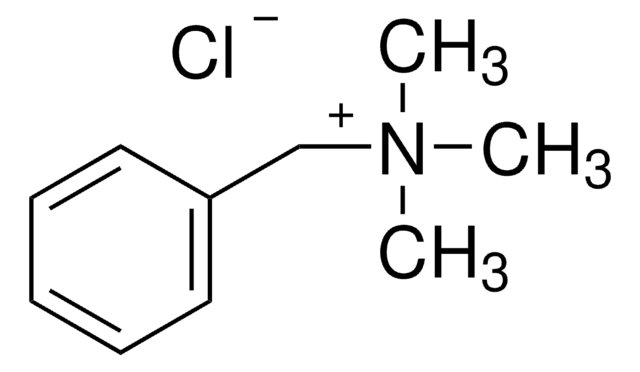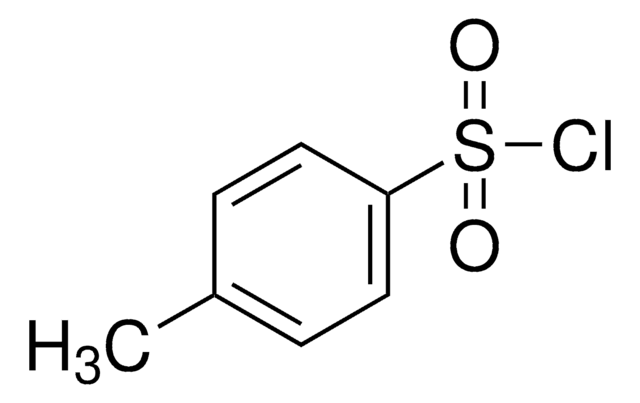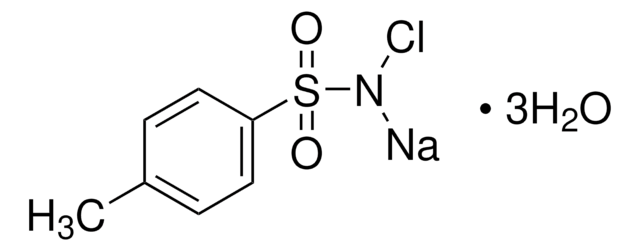229784
Manganese(II) sulfate hydrate
≥99.99% trace metals basis
Synonyme(s) :
Manganous(II) sulfate hydrate
About This Item
Produits recommandés
Qualité
for analytical purposes
Agence
suitable for SM 5210
Essai
≥99.99% trace metals basis
Forme
solid
Impuretés
≤100.0 ppm Trace Metal Analysis
Application(s)
battery manufacturing
Température de stockage
2-8°C
Chaîne SMILES
O.[Mn++].[O-]S([O-])(=O)=O
InChI
1S/Mn.H2O4S.H2O/c;1-5(2,3)4;/h;(H2,1,2,3,4);1H2/q+2;;/p-2
Clé InChI
ISPYRSDWRDQNSW-UHFFFAOYSA-L
Vous recherchez des produits similaires ? Visite Guide de comparaison des produits
Description générale
Application
- As an electrolyte additive in rechargeable aqueous zinc/sodium manganese oxides batteries. It helps to stabilize the manganese oxide cathode and improve the overall electrochemical stability of the battery
- In the synthesis of electrodes for supercapacitors due to its high theoretical capacitance, low cost, and environmental friendliness.
- As a precursor material to synthesize various forms of manganese oxide (MnOx) for use as electrode materials in supercapacitors.
- As a precursor materials along with other transition metal sulfates for the synthesis of cathode materials such as NMC for Lithium-ion batteries.
Mention d'avertissement
Warning
Mentions de danger
Conseils de prudence
Classification des risques
Aquatic Chronic 2 - STOT RE 2
Code de la classe de stockage
11 - Combustible Solids
Classe de danger pour l'eau (WGK)
WGK 2
Point d'éclair (°F)
Not applicable
Point d'éclair (°C)
Not applicable
Équipement de protection individuelle
dust mask type N95 (US), Eyeshields, Gloves
Faites votre choix parmi les versions les plus récentes :
Déjà en possession de ce produit ?
Retrouvez la documentation relative aux produits que vous avez récemment achetés dans la Bibliothèque de documents.
Les clients ont également consulté
Articles
Lithium-Ion Battery Performance: Dependence on Material Synthesis and Post‑Treatment Methods
Notre équipe de scientifiques dispose d'une expérience dans tous les secteurs de la recherche, notamment en sciences de la vie, science des matériaux, synthèse chimique, chromatographie, analyse et dans de nombreux autres domaines..
Contacter notre Service technique








